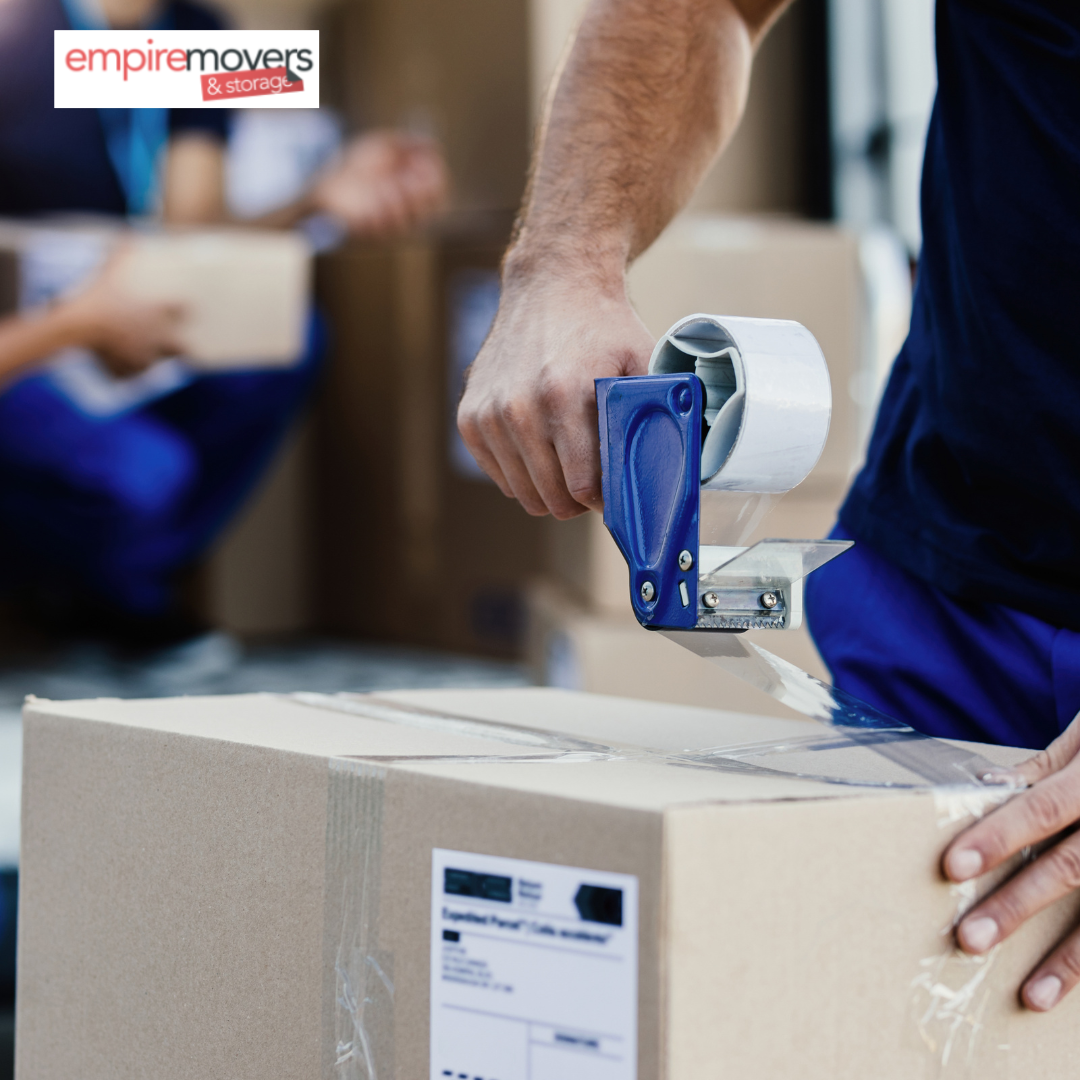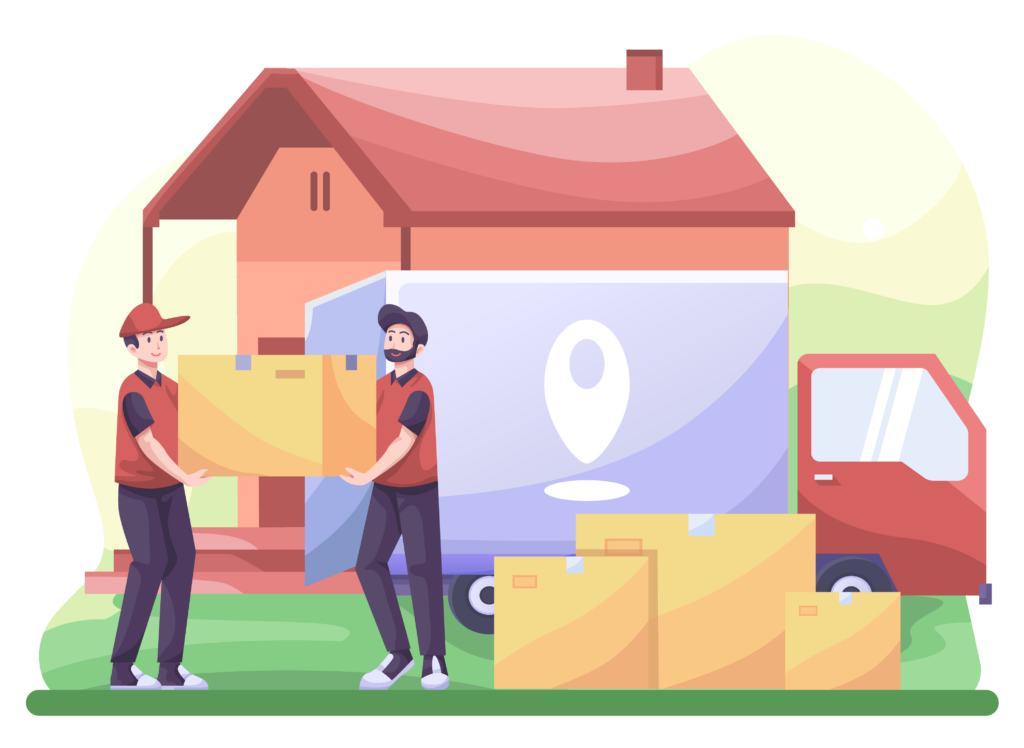Crossing state boundaries or traveling across the country to a new location is a journey full of potential and difficulties. When the dust from the actual move has settled, the process of acclimating to your new surroundings starts. It’s a phase that calls for a combination of endurance, flexibility, and initiative.
We’ll walk you through the complicated logistics of settling in after a long distance moving, from utilities and address changes to local services and necessary arrangements, to help you transform your new place and community into a place you can call home.
Constructing Your Home
Strategically unpack:
Although the unpacking process can be intimidating, approaching it systematically can have a big impact. Start with necessities and things you’ll need immediately away, such bedding, personal hygiene supplies, and kitchen needs. As you settle in, gradually go on to other things.
Make Your Space Your Own:
Your new house will feel more like yours faster if you add your own touches. Hang up well-known pieces of art, group priceless objects, and add décor that suits your taste. This helps to create a sense of familiarity and comfort while also making the area more appealing.
Get to know yourself:
Explore your new surroundings in detail. To obtain a sense of your community, go for walks, drives, or rides on public transportation. Find nearby pharmacies, grocery stores, and other necessary services to make your daily life easier.
Setup of Essential Services and Utilities
Identify Utilities:
Make sure that utilities like gas, water, and electricity are installed and working. Make any necessary servicing appointments in advance to prevent disruptions.
Services for Internet, Phone, and Cable:
Make arrangements for your phone, cable, and internet services to remain active. For the greatest fit, research regional providers and packages. For a speedy service connection, schedule the equipment and appointments as needed.
Address Modification and Mail Forwarding
Important Organizations Up To Date:
Notify any subscriptions, banks, schools, post offices, and banks of your address change. This makes it more likely that crucial papers and mail will reach you.
Forwarding of mail:
Set up mail forwarding with the post office if you’re still receiving mail at your old address to ensure that you don’t miss any crucial communications.
Community Facilities
Food markets and necessary shopping:
To suit your everyday needs, find the closest grocery stores, pharmacies, and convenience stores.
Financial Services and Banks:
To open new accounts and obtain financial services, do some research and go to your neighborhood bank or credit union.
Wellness, Fitness, and Health:
To continue your exercise and wellness routines in your new area, look into and visit neighboring gyms, fitness facilities, or yoga studios.
Medical Records and Healthcare
Locate nearby medical professionals:
To get access to medical treatment quickly when needed, do some research and register with nearby physicians, dentists, and specialists. If you’re migrating with pets, look for area veterinarians as well.
Medical Records Transfer:
To maintain a continuity of care, make arrangements for your medical records to be transmitted to your new healthcare providers.
Transportation and Vehicles
Driver’s license and vehicle registration:
Check the rules for renewing your driver’s license or vehicle registration if you recently moved to a new state or nation.
Using Public Transit:
To make commuting easier if necessary, familiarize yourself with the available local public transit options, routes, and schedules.
Schools and Education
Transfers and Enrollment:
Enroll your children in the neighborhood schools if they are K–12 students, and make arrangements for the transfer of their academic records.
Babysitting and extracurricular pursuits:
If you have children, look into nearby child care facilities and extracurricular activities to help your kids adapt smoothly.
Information about emergencies and safety
Neighborhood Emergency Services
To be ready for any unforeseen circumstances, familiarize yourself with the local emergency numbers, hospitals, and police stations.
Household Safety:
Install home security systems, wireless smart alarms, or security cameras as needed.
Finding Local Hotspots:
To obtain a sense of your new neighborhood, spend some time exploring the cafes, restaurants, parks, and recreational areas around.
Getting to Know Your Neighbors:
Build a sense of community by getting to know your neighbors and participating in local events. This will be especially useful if your neighbor gets a package for you if you’re not home.
Establish a Routine:
Your regular routine will change if you move frequently. Accept the chance to develop new routines that fit your new surroundings. To make the most of your time, reexamine your commute, work schedule, and leisure pursuits.
Investigate nearby activities:
Become fully absorbed in your new neighborhood by taking part in its activities, such as classes or clubs. By interacting with other residents, you can establish relationships and learn about local favorites in your new community.
Taking Good Care of Your Health
Put self-care first:
Don’t forget to give yourself priority while you’re moving in amidst all the chaos. Maintain a healthy diet, get regular exercise, and spend time doing things that make you happy and relax you.
Keep an open mind:
Although adjusting to a new environment can be difficult, having an open mind can help the process go more smoothly. To extend your horizons and make the most of your new location, embrace novel experiences, foods, and customs.
Mark Important Occasions:
In your new house, commemorate your accomplishments and significant dates. Making a point of remembering these occasions can help you feel more a part of something.
After a long distance move, settling into a new place is a complex process that calls for persistence, adaptability, and initiative. As you start the logistical phase of moving in, keep in mind that each action helps your new place into a usable and cozy home. You can ensure a smooth transition by setting up utilities, updating significant institutions, and becoming familiar with neighborhood services. These logistical considerations help you integrate more easily into your new area and community while also streamlining your daily life.
When you’re ready to learn more about the advantages of hiring a moving professional, don’t be shy about contacting Empire Movers & Storage for a free estimate. We specialize in professional long distance moving. Our knowledgeable staff is committed to creating individualized relocation solutions that guarantee a smooth move. These solutions may include offerings like specialist care for priceless goods, our all-inclusive Platinum Packing Experience, and dependable moving materials.
How Long Does it Take to Get Used to a New Place?
Planning ahead for this significant life transition for a year to 18 months is a smart idea. Even if it doesn’t necessarily mean you’ll spend the next 18 months feeling lost, it’s still a good idea to prepare yourself for the possibility that it might take that long for your new place to start feeling like home.
How Long Does the Tension of Moving Last?
Even for those who experience them, the signs of relocation stress usually go away after three to six months.
Roll up your sleeves or contact us so we can take care of the details so you can reap the benefits of your new adventure!
Are you prepared to act? Contact us right away for a free, fixed-price moving quote that comes with no obligations.




